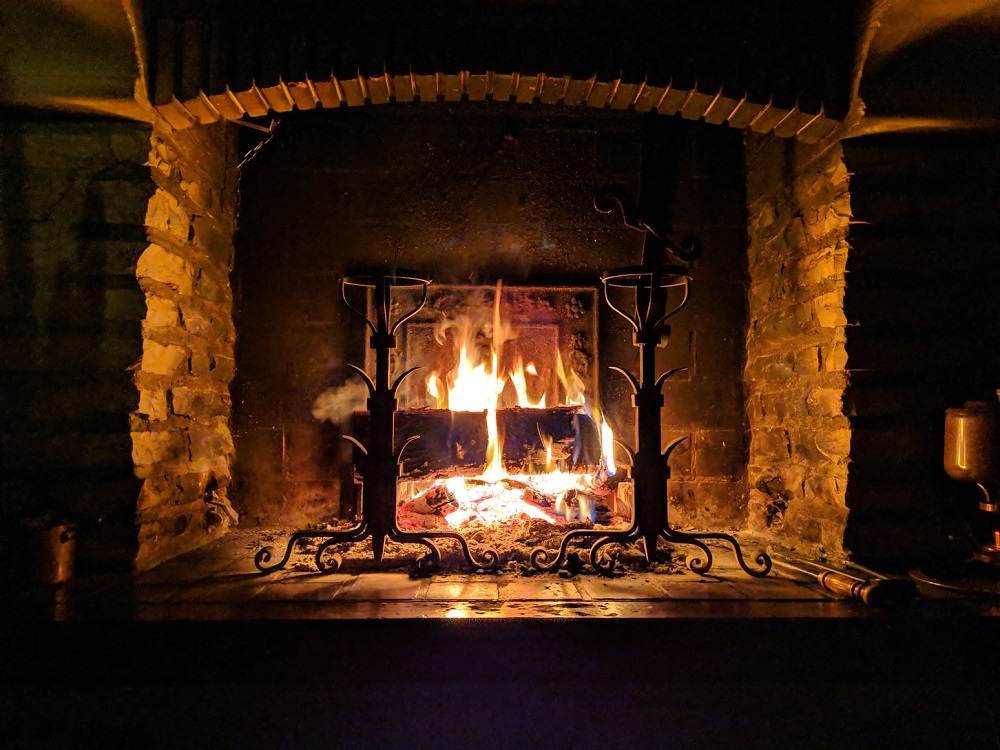The fireplace is one underrated fixture in the house. It produces warmth and comfort during winter, not to mention that it also adds aesthetics to the living room where it is usually situated. It becomes one of the focal points of our home. Nothing is more intimate and comforting than the warmth a fireplace emits, especially when you and your family gather around the living room table for game night.
Choosing a fireplace type, if you don’t have one yet, can be difficult. It’s perfectly normal to be confused about which one to pick because it is a significant investment.
The visual and functional benefits of a fireplace are still some of the things that most homeowners want. However, with all the choices available, many are now considering getting one that is different from traditional wood-burning fireplaces. Fortunately, current technological breakthroughs have provided more options than before for effectively bringing a fireplace inside the home, including flameless, electric, and energy-efficient gas alternatives.
A fireplace consists of several basic components: the firebox, chimney and related parts, screens and doors, and also tools. Each component has a different task relevant for the fireplace to function.
Here are four types of fireplaces with their features, advantages, and disadvantages that you should consider when choosing a fireplace for your home:

1. Wood: Wood-burning fireplaces are the classic ones. They give heat, a warm ambiance, and a sense of nostalgia when lit. This type of fireplace is characterized by the distinct, smoky aroma it omits as a result of the burning wood. To avoid accidents such as catching fire, wood fireplace users may need to contact a professional chimney cleaning company to take out creosote accumulation. These are hazardous residues left by burned wood. This is also one of the most unhealthy types as it releases the most pollutants into the home and the environment. Even if you follow all of the fireplace safety instructions, housefires are always a possibility, thus smoke alarms and a fire extinguisher should always be kept accessible in order to prevent possible accidents that it may cause.
2. Gas: Gas fireplaces are a low-cost, energy-saving alternative to wood fires. Many gas fireplaces, like wood-burning fireplaces, install a firebox and chimney to burn and ventilate natural gas. This simple-to-install alternative may usually be inserted into an existing fireplace or purchased as a freestanding unit. Gas fireplaces are less harmful to the environment than wood fireplaces, and they can heat a home more efficiently while providing the entire house the look and feel of a real flame. One disadvantage is that this fireplace requires a gas line. There is also a chance that the fuel source will produce too much carbon monoxide, which is why you need safety sensors and carbon monoxide detectors when you have this type of fireplace.

3. Electric: Electric fireplaces with no flames are a low-cost solution that may be plugged into the wall. To recreate the look of a classic fireplace, this type has coils and a fan to transmit heat, and it frequently includes a flickering false flame. The flame is ignited with the flip of a switch, no kindling wood is needed. This fireplace option can be inexpensive to install because it is ventless, and some types are even portable. Electric fireplaces create the least amount of heat among all the above-mentioned options, keeping them popular in hot locations where people want the aesthetic that a fireplace offers but not the heat. In essence, the best electric fireplaces stand out as economical, hassle-free, and visually appealing heating solution for homes.
4. Ethanol: This eco-friendly option creates a true flame by burning ethanol in a container. Because ethanol does not emit smoke, there is no need for ventilation. This fuel source is unique as it is the only type that allows you to directly pour ethanol fuel into it. This property makes this fuel source ideal for modern fireplaces, such as table-top fires, with unique designs. On the other hand, ethanol fireplaces do not produce a lot of heat.
Conclusion
Fireplaces are an important part of a home for aesthetic, warmth, and comfort that is perfect while sipping wine on a winter night. However, these are not so common in modern houses as compared to classic ones. As mentioned above, you may find it difficult to choose which one is the best for you but remember that it’s okay to take your time and weigh the pros and cons of each fireplace type before getting one. You need a fireplace that caters to your household needs in order to get the most out of it and enjoy it as it brings heat and comfort to your home in the cold seasons. Not sure what to get? You can make an appointment for a consultation with a professional fireplace installer regarding the designs that you want to put in your home. Of course, pick one that will complement the colors and style of your interiors.






